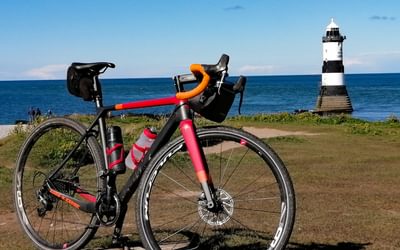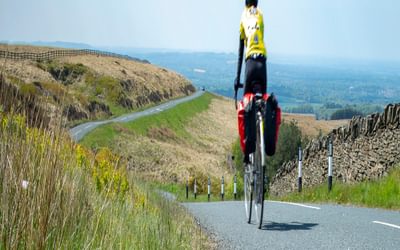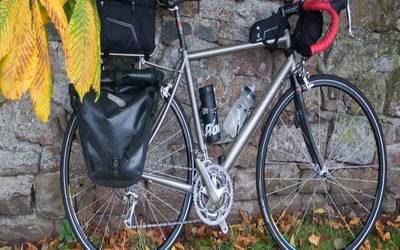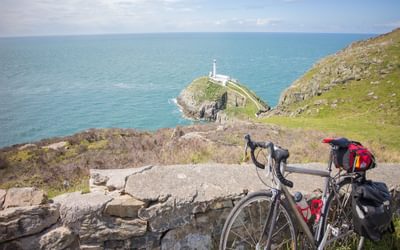VAM: A Naismith’s rule for cyclists
Cicerone author and keen cyclist Richard Barrett shares his tips on working out how much those steeper climbs will slow you down. Here, he explains VAM - (velocità ascensionale media) a method for estimating your speed when cycling through hills and planning your sportive training runs. A Naismith's rule for cyclists, calculated by Michele Ferrari.
Unless there’s a transport connection to make, cycle touring is usually a leisurely affair with frequent stops to refuel or investigate attractions. As long as you’ve had an enjoyable day of riding through some fine countryside and arrive at your chosen destination in time to check into your accommodation or pitch your tent, time really does not matter. These days I only camp when I’m on a sea-kayaking trip. In general, I’ve sacrificed the independence of camping while cycle touring for the comfort of a hostel bunk and a lighter load. Travelling light also means I can ride a little bit faster and generally manage an average speed in excess of the 15kph/9mph that I use as a benchmark.
So when I’m planning a tour I normally target a daily range between 75km and 90km to give between five and six hours of riding, preferably split into two sessions by an enjoyable lunch. Usually, my 15kph rule of thumb provides an adequate buffer for unforeseen events such as the occasional puncture, battling into a headwind or an unexpected road-side gastro-pub that looks too inviting to pass. But a few sunny days in October prompted me to spend a few days riding over some of the higher passes in the Lake District and the severity of the gradients set me thinking about whether there was a more sophisticated way to estimate how long a ride will take when it involves a significant amount of climbing.
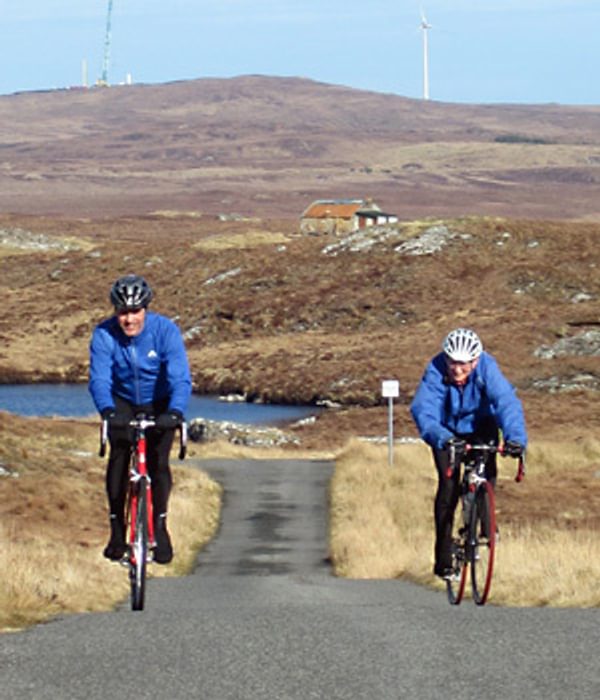
Hillwalkers use Naismith’s Rule, which allows 1 hour for every 3 miles (5km) forward and half an hour for every 1,000 feet (300m) of ascent. Now William Naismith was a very fit mountaineer and made the first winter ascents of the North-East Buttress on Ben Nevis and Crowberry Ridge on Am Buachaille in Glencoe, so one might expect his rule to be less useful to weekend ramblers. However that does not appear to be the case.
Academics have shown that factors such as boggy terrain and fatigue can give variations that are up to 25% more than suggested by the rule, leading others to suggested amendments for difficult conditions. So perhaps it’s not sufficiently accurate be called a ‘rule’ and we should refer to it as Naismith’s Rule of Thumb from now on. But 120 years after it was devised, it remains the most frequently method of estimating how long a walk will take, and essential when planning overnight accommodation on a long-distance route.
Anyone who has ever been overtaken by a group of Lycra-clad cyclists will know there is considerably greater variation between the speed and climbing abilities of a committed club cyclist and a leisure cyclist, than there is between a fit hillwalker and a rambler. For that reason, I never expected to find anything quite as simple or elegant as Naismith’s Rule for cyclists. However I was encouraged to find that the basic principle still applies: Total time = time to cover the distance + time spent ascending. When it comes to downhill, that's a whole different story!
The Italian physician and cycling coach Michele Ferrari will probably be remembered for the lifetime ban he received in 2012 for supplying and administering drugs to professional cyclists. What is less well known is that he developed the term velocità ascensionale media, commonly abbreviated as VAM, to refer to the average speed of ascent. VAM is usually expressed as metres per hour (m/h) and winners of mountain stages in grand tours typically climb at more than 1500m/h while most club cyclists are capable of climbing somewhere in the range between 700 and 900m/h. Clearly the main determinant of VAM is a rider’s power output per kilogram of body weight. But Ferrari finessed his formula by stating that each percent point increase in average gradient decreases VAM by 50m/h.
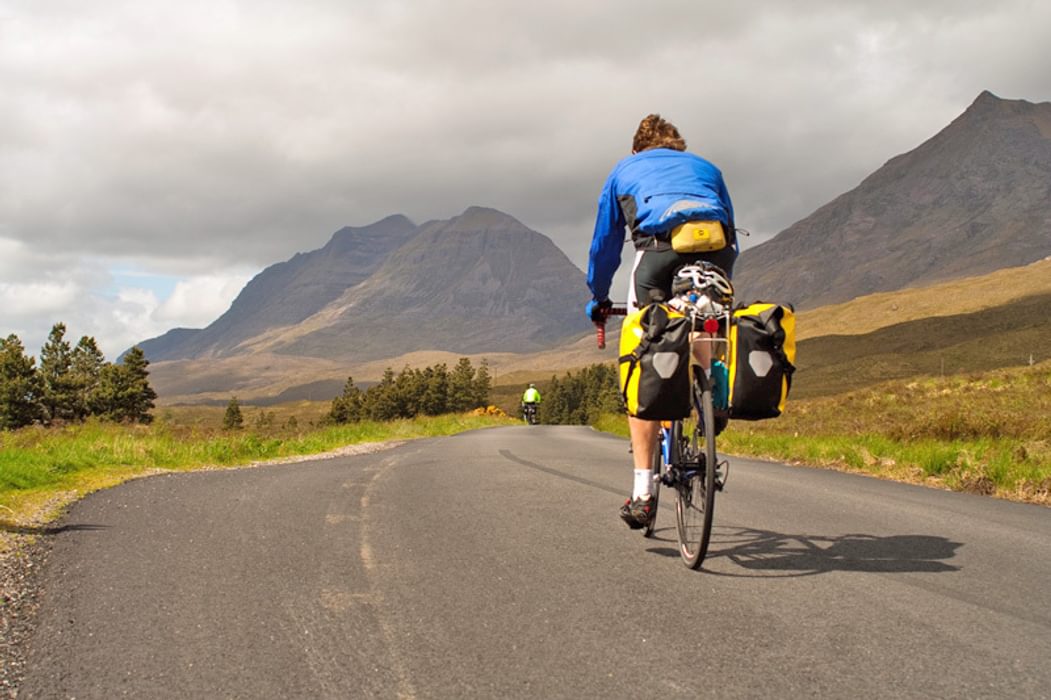
So for example, climbing at 1000m/h on an ascent with an average gradient of 8% equates to climbing at 950m/h on an ascent with an average gradient of 9%. Personally, I’d be happy to be capable of climbing any gradient at either of those speeds.
If you do most of your cycling in the rolling English shires, I think you can safely ignore VAM. But if you live in the hills like I do, or if you are planning to go touring in the Alps, it could help you estimating ride times with more accuracy. To get a rough value for your own VAM, first assess your average speed on the flat and then record your times on a number of measured climbs and see what VAM value best fits. Having done that for some of the hilly rides on the Isle of Harris, I would use 25kph plus 750m/h to estimate times for day rides when I’m not carrying any luggage. But once I get out touring again with a heavier load, I’m going to use 18kph plus 400m/h and see whether that works for me as a rule of thumb.
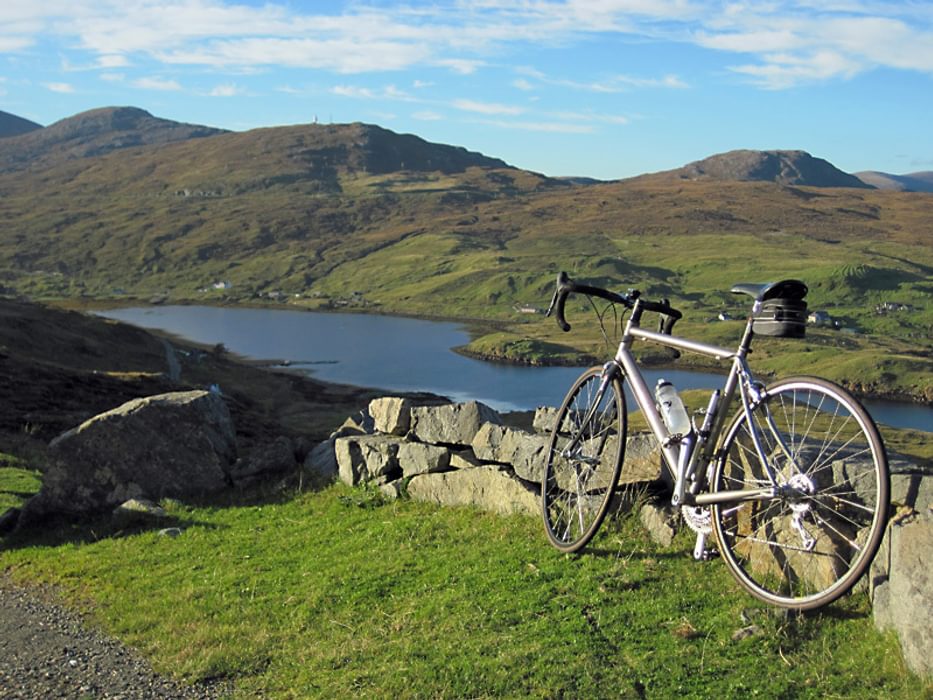
To read more articles like this get our newsletter
Sign up for 20% off your next purchase and to be the first to hear about exclusive competitions, special offers, and news from Cicerone.









